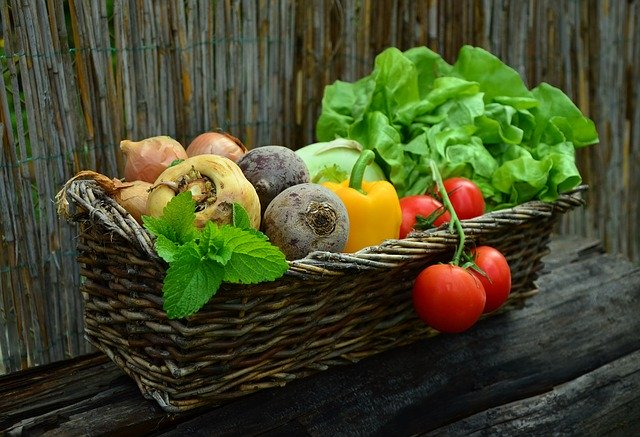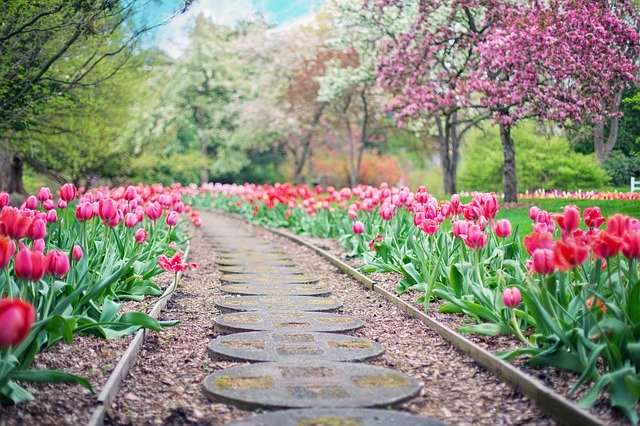The first thing to consider is whether you want an ornamental garden, a flower bed, or something useful to plant. Everything has its pros and cons. Unless you like to tinker with the soil, it may not be a good idea to have a vegetable patch, but it is always good to choose a crop that is not too hard to maintain. One can also skillfully divide the garden according to its use if one wishes to have both.
Soil quality
Once you have decided to grow in your garden, it doesn\’t hurt to look at a few details that may affect the outcome of your planting.
Sunlight – The soil needs plenty of heat and sunlight to be fertile. So do not plant in dark areas.
Humus – Fertilizer can increase fertility
Soil pH – Before doing anything, the soil composition should be checked. Soil should be mildly acidic to neutral, suitable for most crops.
Adequate moisture– Soil must retain moisture to grow
but can be influenced by crop rotation, green manure, liming acidic soils, etc.
If you build a house and want to improve your garden, you can enrich the soil by simply planting peas or other legumes in the first year, then tilling and mixing them into the layer below.
Garden structures
Such structures include gazebos or simply covered seats. Thanks to sturdy materials (aluminum, metal, brick) and beautiful elements (glass, wood), even small buildings can enrich a garden and be used for practical purposes. During summer events and family gatherings, you will feel as if you have found the place.
A conservatory is an ideal place to grow exotic flowers or heat-sensitive plants;
 a conservatory is also a lovely second garden, but it is also an extension of the building and a great place to relax.
a conservatory is also a lovely second garden, but it is also an extension of the building and a great place to relax.
Paths
If you want to let people trample on the lawn unnecessarily, lay paths in the garden.
— 8 November 2022